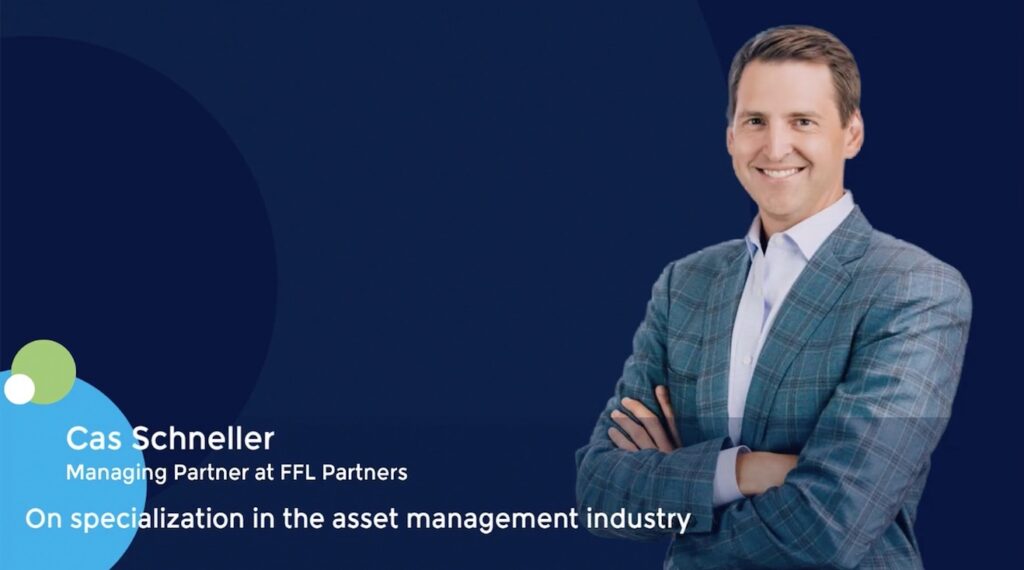Figma’s standout debut an aberration in a year of ordinary US IPO performance
Handwringing over the ‘mispricing’ of Figma’s IPO, which surged 250% in its New York listing, has distracted from overall ordinary aftermarket performance for large listings in the US this year.
Figma’s day-one spike and stablecoin maker Circle Internet Group’s 168% surge have significantly skewed the data from the 100 US IPOs priced in 2025 at a value of over USD 100m, including SPAC listings. According to Dealogic, their inclusion lifts the average first-day return for large US IPOs to 24%. Remove those two deals, and the average falls sharply to 8%.
Looking further into aftermarket pricing, the weighted average return from IPO to current share price for deals over USD 100m is 39%. But strip out Figma, Circle, and AI hyperscale CoreWeave — which is trading 160% above its offer price — and that return plummets to just 5% year-to-date.

Hype breeds momentum
IPOs are largely trading in line with expectations, aside from a few high-profile, hyped exceptions like Figma and Circle. These outliers saw investors flood into the newly listed stocks, driving sharp spikes that banks cannot reasonably anticipate during the bookbuild process.
Indeed, 98% of large US IPOs this year did not see similar first-day surges. The IPO market remains a game of perception, and the outcomes can be binary.
While a hyped deal in a hot sector can soar, fundamentally sound non-tech businesses often struggle to generate aftermarket momentum.
The largest US IPO of the year, Venture Global, is trading 40% below its listing price and has struggled to climb higher since going public, plagued by an impression the company pushed too hard on price.
“While Figma was a case of too much demand chasing too little supply, Venture Global was emblematic of a deal that struggled from the start and saw a steep aftermarket decline,” an ECM banker said. “Several transactions early in the year, including Venture Global and Smithfield Foods, were aiming for higher prices, ended up pricing well below target, and then traded down even further.”
Even CoreWeave initially struggled for traction after pricing, with noise around the deal suggesting a lack of demand, with the transaction eventually having to be restructured and then backed by long-term investor Nvidia.
Even in the more liquid US market, newly listed stocks are far more susceptible to huge swings as investors either pile-in or profit-take.
Figma’s own trajectory underscores the point. On Monday, 4 August, the stock dropped 27.4% from a previous close of USD 122 — still well above IPO price, but a stark reminder of market volatility. Only 8.71% of Figma floated, making the stock particularly sensitive to trading activity.
Roughly 64.4 million shares changed hands on its first day, well above the 42.4 million shares sold at IPO (including the overallotment), but still just a small fraction of the company’s 487.46 million shares outstanding. On 4 August alone, nearly 39.7 million shares traded as the stock retreated nearly 30%.
Institutional support
Figma’s standout financials were a major driver of its IPO momentum. As books opened, investors raced to get a piece of a company with exceptionally high margins — a rarity in high-growth tech.
For all their exposure in the press, IPOs are in reality a highly targeted sale driven by the thoughts of a key handful of institutions. Even with that targeting, until the roadshow starts, the absolute level of demand is unclear until investors start truly engaging with the company. This can lead to huge follow-through on the first day from investors who don’t get the size of allocation they want.
“There are some companies that don’t get their fair shake when they are private,” said Phil Haslett, co-founder of pre-IPO trading platform EquityZen. He called Figma “the unicorn of unicorns” — a well-known, easy-to-understand business, growing fast at scale, with elite backers.
“I bet a lot of institutional investors saw the S-1, spoke to management, and thought: ‘Wow, I didn’t realize your gross margins were this high.’ That’s a good reason to go public — to realize your true value,” he said.
In this vein the ECM banker added companies shouldn’t think of an IPO as an exercise in price maximization, but one of building a long-term shareholder base that will last well beyond the initial listing hype.
“You pay banks for their distribution and research. You want a shareholder register with Fidelity, Wellington, T. Rowe, Alliance — not short-term tourists flipping the stock in five minutes,” the banker said. “Sure, they could’ve pushed the price higher, but they didn’t want to blow out the long-onlies.”
“If you maximize price, you may also be choosing to leave the higher-quality investors behind,” the banker said.












